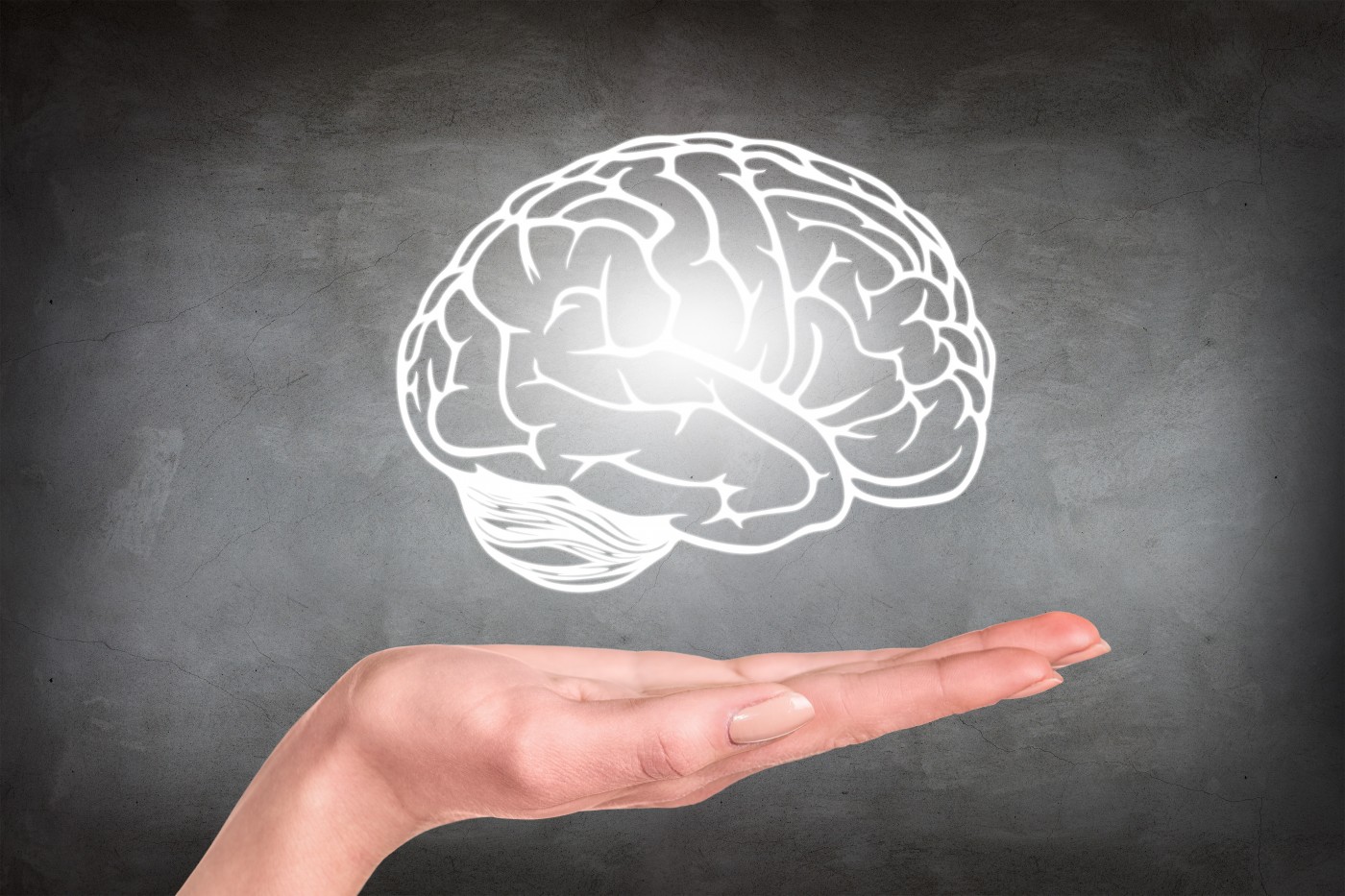Brain Stimulation Done at Slower Rates May Be Best for MS and Other Patients as Neurons ‘Tire,’ Study Says
Written by |

A non-invasive procedure using magnetic pulses to stimulate the brain may be more effective in treating multiple sclerosis (MS) and other patients if the rate of stimulation is slowed, a new study suggests, finding that neurons “tire” with overstimulation and may fail to respond.
The research, “Less might be more: Conduction failure as a factor possibly limiting the efficacy of higher frequencies in rTMS protocols,” was published in the journal Frontiers in Neuroscience.
The procedure — repetitive transcranial magnetic stimulation (rTMS) — is used to treat major depression, stroke or movement disorders. During rTMS, doctors place an electromagnetic device against the scalp, near the forehead, and use magnetic pulses to stimulate specific brain regions. In MS patients, prior research has shown that rTMS eases depression and may aid working memory.
But researchers are still working to optimize the timing of these magnetic pulses to make rTMS a more effective, and more accurate, tool. A better optimized pulse schedule could also help therapists in spotting and tracking stimulation spots in the brain.
An Israeli and German research team set out investigate different rTMS stimulation patterns and their efficiency. They analyzed 57 studies with protocols for depression and pain, but found “conflicting results and no clear guideline for the temporal organization of brain stimulations,” Ido Kanter, a study author with Bar-Ilan University, in Israel, said in a press release.
They used those studies to set up patterns and, among other parameters, analyzed inter-train interval (ITI), which refers to the time period between consecutive stimulations.
Their findings seemed to clearly indicate that fewer brain stimulations — a so-called “less is more” strategy — were preferable, as neurons stop responding when stimulated too quickly.
They observed that neurons have a much lower maximal firing rate (activity) than previously thought. Previous approaches worked on the assumption that faster and more intense brain stimulation may work best.
“Neurons are like people,” Kanter said. “Stuttering occurs when we speak too fast, errors occur when we type too fast, and confusion emerges when we learn too fast.”
Rather, the scientists reported, a slower rate of brain stimulation may stabilize brain activity and prevent excessive activity. “Longer ITIs appeared to allow the neuronal response to recover,” they wrote.
“Our findings suggest that slower rates of stimulation may be more effective in brain therapy, and we suggest that this method be adopted in order to maximize effective brain therapy,” Kanter concluded.





